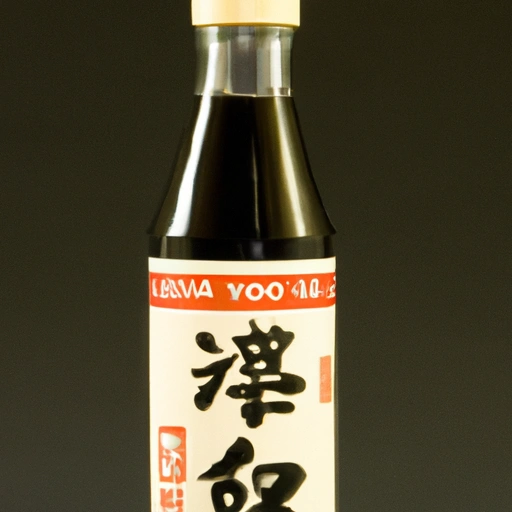Soy Sauce
Description

Soy sauce is a traditional East Asian liquid condiment of Chinese origin, made from a fermented paste of soybeans, roasted grain, brine, and Aspergillus oryzae or Aspergillus sojae molds. It is considered one of the world's oldest condiments and has been used to enhance the flavor of food for over 2,500 years. Available in a variety of types and flavors, soy sauce can vary in color from light to dark brown and in flavor from salty to sweet and rich, often with a distinct umami character.
Common uses
In cuisine, soy sauce is frequently used as a seasoning, marinade, or dipping sauce. It's a staple in many Asian dishes and has been integrated into Western cooking as well, where it imparts a savory, umami flavor to a variety of recipes.
Nutritional value
Calories
Typically, one tablespoon (15 ml) of soy sauce contains about 8-10 calories, depending on the brand and type.
Protein
Soy sauce contains about 1 to 1.5 grams of protein per tablespoon (15 ml).
Fat
There is a negligible amount of fat in soy sauce, with less than 0.1 grams per tablespoon (15 ml).
Carbohydrates
Soy sauce has approximately 1 gram of carbohydrates per tablespoon (15 ml), mostly from small amounts of sugars.
Vitamins
Though not a significant source of vitamins, some types of soy sauce may contain minute amounts of B-vitamins.
Minerals
Soy sauce is a good source of certain minerals such as manganese and contains about 879 milligrams of sodium per tablespoon (15 ml), making it a high-sodium food.
Health benefits
Soy sauce contains antioxidants and has been linked to some beneficial health effects, such as aiding digestion due to its probiotics from the fermentation process.
Potential risks
High in sodium, excessive consumption of soy sauce can lead to health issues such as high blood pressure. It may also contain amines, such as histamine and tyramine, which can cause adverse reactions in sensitive individuals.
Common recipes
Soy sauce is used in a myriad of recipes including stir-fries, soups, marinades, and sauces. It is also a key ingredient in sushi and sashimi condiments.
Cooking methods
It can be used in cooking methods such as braising, glazing, or simply as a finishing sauce. It is also common as a table condiment.
Pairing with other ingredients
Soy sauce pairs well with a wide range of ingredients including rice, noodles, vegetables, meats, and seafood.
Summary
Soy sauce is a staple condiment with a rich history and ubiquitous use in culinary traditions across the globe. It adds a complex umami flavor to dishes and can be found in a diverse array of recipes. While it provides certain health benefits, its high sodium content warrants mindful consumption.